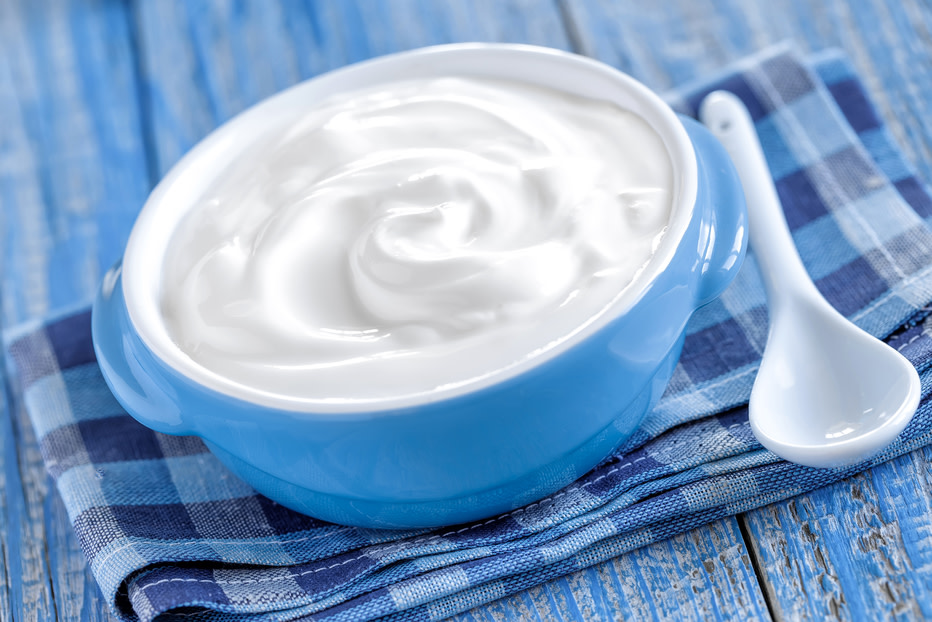Protein is one of the most important ingredients for our well-being, especially for people who work out.
In recent years, a lot of high protein snacks have been sold, but the truth is that protein naturally occurs in some of the most delicious goodies already available. Here are some health protein snacks:
In the last year we've all seen ads, or products in a supermarket which have been enriched with protein. This is true for various protein bars which fill the shelves, for yogurt enriched with protein, for cereals, and many other products.
So, why does everyone want more protein in their food?
More and more people in recent years have switched to vegetarian and vegan diets that usually have less (animal) protein. Also, many have started exercising rigorously, so they need more protein in the body to build muscle.
This is because proteins are the building blocks of all the different cells in the body, including the development of muscles and bones in youth and the preservation and strengthening of the skeletal system as people age. In addition, and perhaps no less important, eating protein contributes to the feeling of satiety which helps control weight, and strengthens the immune system. .
The recommended amount of protein for a healthy person is 0.8 grams per kilogram of body weight. This amount varies according to different needs and can reach up to more than 2 grams per kilogram, for example in situations where the person exercises more than average or is on a low-carb diet.
Here are some high protein snacks that can be eaten on the go, which will boost your protein intake.
A handful of nuts
Combining a variety of nuts and seeds in salads, cooked dishes, smoothies, cereals, soups, pastas and more is a convenient and healthy way to add small portions of protein to the menu. A quarter cup of nuts can contain between 3 and 7 grams of protein (depending on the type of nut), a quarter cup of seeds contains 7 to 12 grams of protein, and chia and hemp seeds have the highest protein content at 10 to 12 grams per quarter cup.
Edamame
These soybeans that are stored inside the green pods are low in calories and high in protein. The natural packaging in which they arrive is perfect for seed lovers because extracting the beans from the pods is very reminiscent of the Israeli pastime of cracking sunflower seeds.
One cup of edamame provides almost every nutrient you need, including 17 grams of protein, 52% of your daily requirement for vitamin K, and over 100% of your daily need for folic acid. Soybeans are also a source of phytoestrogens, plant substances that are similar in structure to the hormone, estrogen.
Pumpkin Seeds
One hundred grams of pumpkin seeds has about 20 grams of protein, which means that a handful (about 30 grams) contains between 6 and 7 grams of protein.
In addition, pumpkin seeds have a good amount of magnesium, a mineral that most of us need more of; zinc, antioxidants and fatty acids such as omega three and six, which are beneficial for heart and liver health. Another important nutrient, especially if you are really tired and suffering from sleep problems, is an amino acid called tryptophan, a substance used in the treatment of insomnia.
Yogurt

Eating yogurt as part of a balanced diet can contribute to a healthy lifestyle, and many studies have found that yogurt has a beneficial effect on health. There are quite a few protein-rich yogurts on the market today (some can reach about 20 grams of protein per cup), but the truth is that even simple yogurt provides a nice amount of protein at about 7-8 grams per cup. Yogurts also contain other ingredients such as calcium, potassium, magnesium and probiotics - minerals and ingredients that maintain bone health and help the digestive system.
Legume Pasta Chips
Are you familiar with the craze for pasta chips?
If not, it’s good to know. It is, quite simply, cooked pasta that is mixed with some basic spices, and transferred to reheating in the home oven. The result is actually a crunchy and delicious pasta. What connection is there between pasta from flour and protein? Nothing! But if you want to stay in shape and take care of your figure and also protein intake - replace the regular pasta with legumes, such as lentils or peas.
In a cup of such dry pasta you’ll find up to 25 grams of protein (depending on the legume), a nice amount of iron and even calcium. Worth a nosh!
